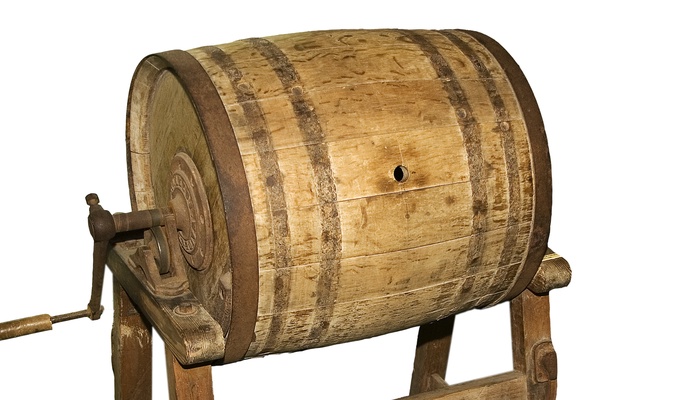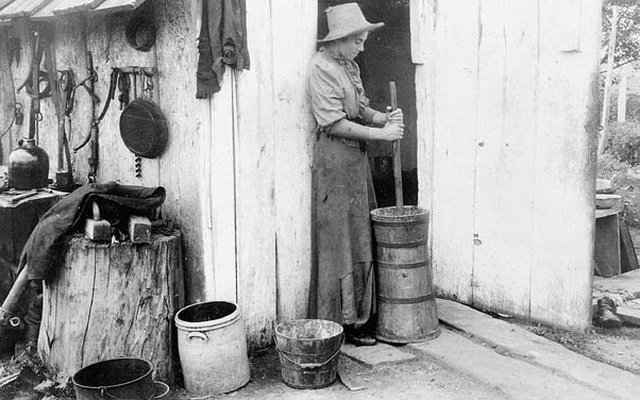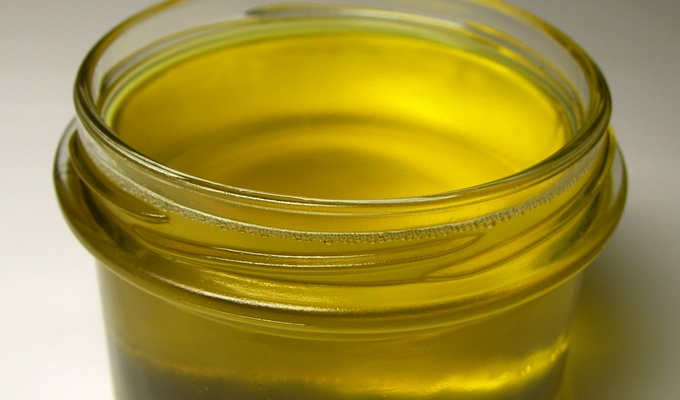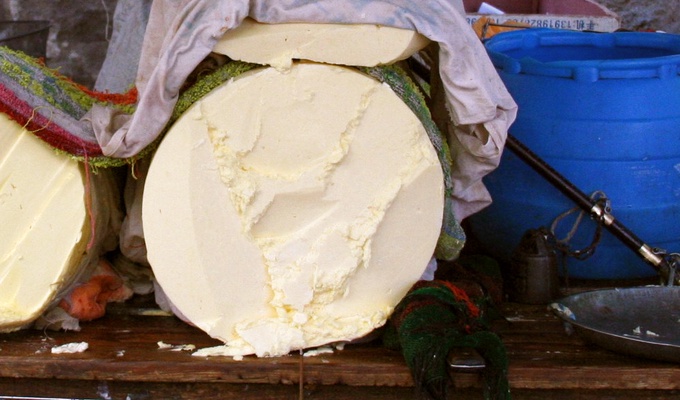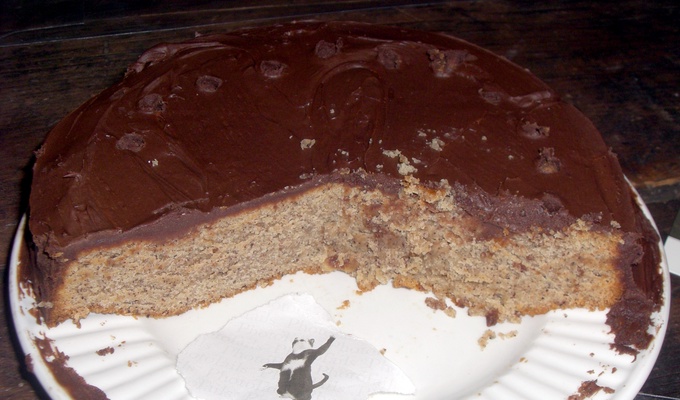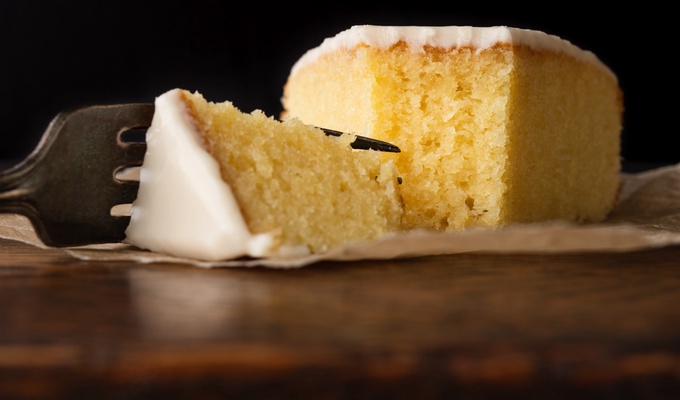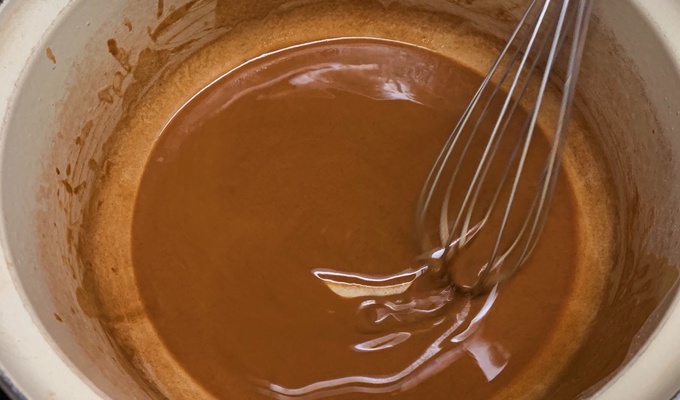Butter is a dairy product, containing the fat and protein of cream. It is created by churning cream until it solidifies.
What is the fat content of butter?
Commercial American sweet unsalted butter is at least 80% milk fat, no more than 16% water, and 4% protein, lactose, and natural salts. Salted butter adds approximately 2% of salt by weight to this.
European-style butter is a cultured product with a higher fat content. French butter has a minimum fat content of 82% milk fat, and some American producers target 85% milk fat. These butters contain less water, which improves the butter for use in flaky pastries.
How should I store butter?
Butter can be stored at room temperature for several days without losing quality, because it has very little water, and what it does have is dispersed widely between fat globues. However, the milk fat molecules in butter are easily broken down by exposure to air and light, which will cause it to develop stale and rancid flavors. Butter also easily absorbs strong odors from its surroundings.
Therefore, you should keep daily butter as cold and dark as you can, and store unused remainder in the freezer or deep in your fridge. You can keep some on the counter for daily use, but know that it will go bad within a few days. Rewrap unused butter in its original wrapper or wax paper. Never wrap butter in aluminum foil, which will accelerate oxidation, especially in salted butter.
Any translucent dark patches on the butter are spots where it has dried out. These will be rancid, and should be cut away.





